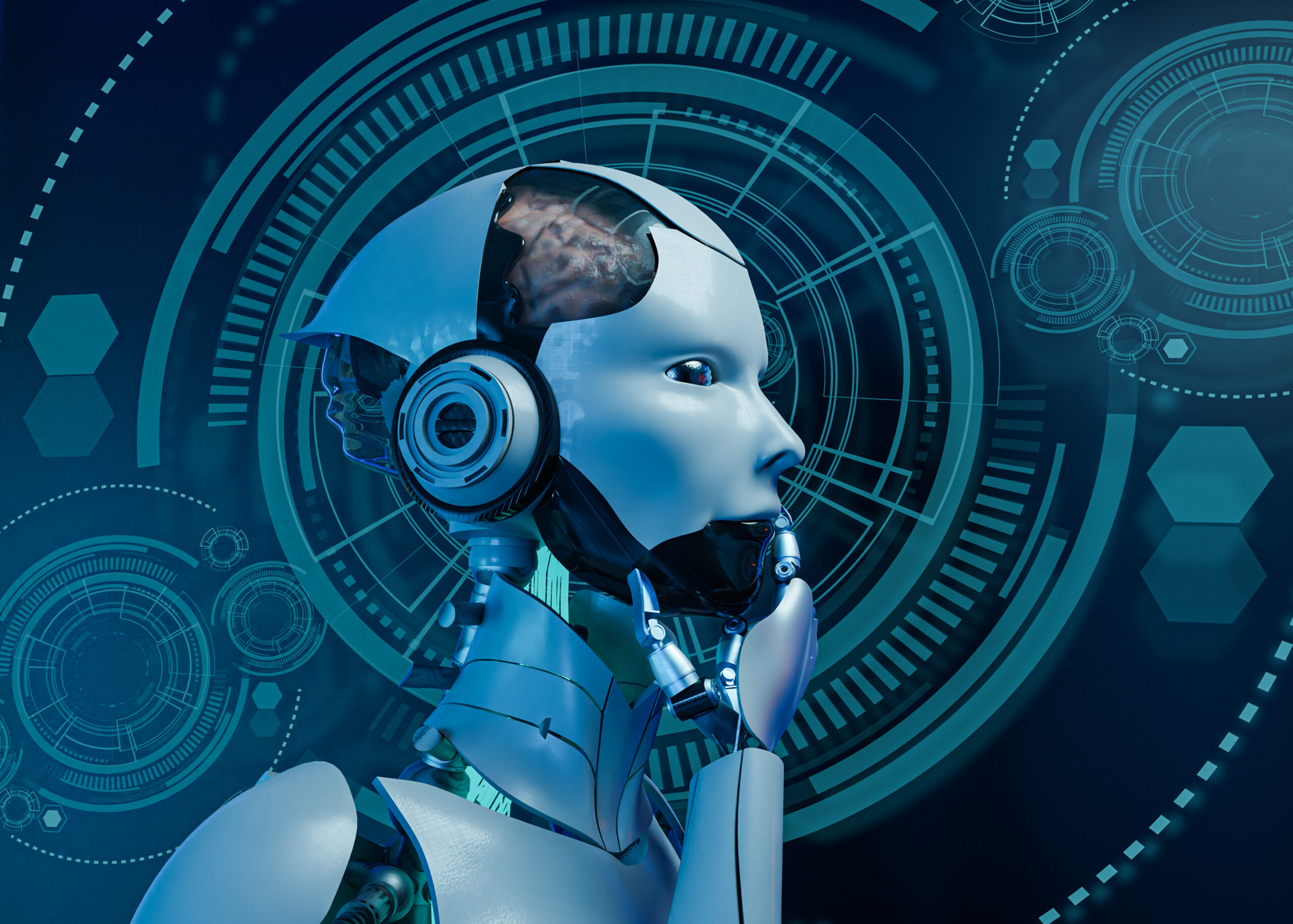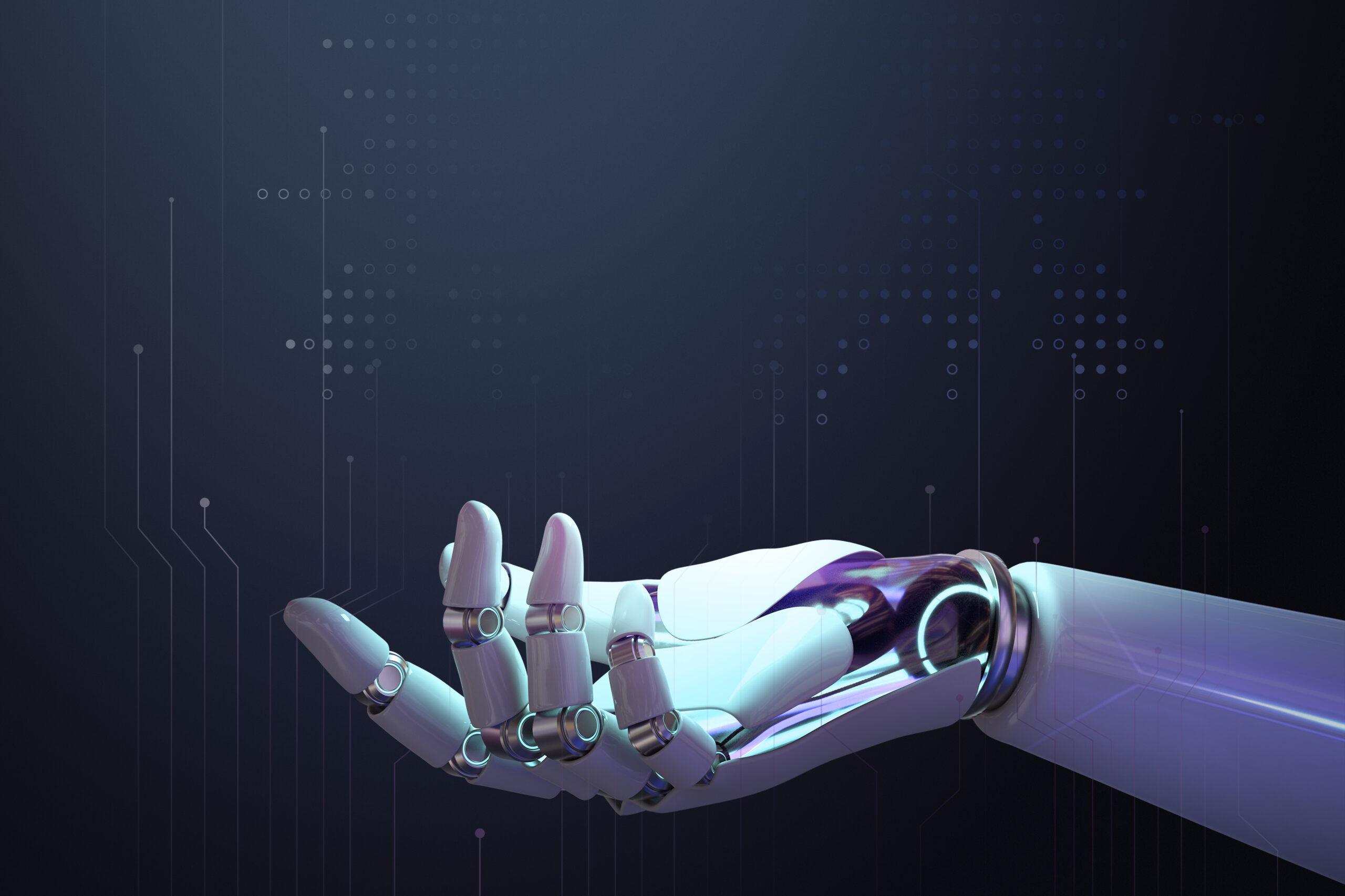The healthcare industry is undergoing a technological revolution, and robotics is at the center of it. From surgery and patient care to hospital management, robots are transforming the way doctors, nurses, and patients experience healthcare. This integration of robotics not only improves efficiency but also enhances safety, accuracy, and overall patient outcomes.
Surgical Robots
One of the most advanced uses of robotics in healthcare is in surgery. Robotic surgical systems, such as the da Vinci Surgical System, allow doctors to perform highly complex procedures with greater precision. These robots are not replacing surgeons but assisting them by offering enhanced dexterity, steady control, and magnified 3D views of the operating area. This often results in smaller incisions, less pain for patients, and faster recovery times.
Patient Care and Assistance
Robots are also being designed to help patients directly. For example, robots can lift or reposition bedridden patients, reducing the strain on nurses. In elderly care, companion robots provide both physical assistance and emotional support, reminding patients to take medications or offering simple conversations to reduce loneliness. In some hospitals, service robots already deliver meals and medicines to patients’ rooms.
Rehabilitation Robots
For patients recovering from strokes, injuries, or surgeries, rehabilitation is a critical stage. Rehabilitation robots are now being used to guide and support patients during physical therapy exercises. These robots ensure patients perform movements correctly and consistently, speeding up recovery while reducing the workload of therapists.
Hospital Management and Safety
Robotics also plays a huge role behind the scenes in healthcare. Robots can disinfect hospital rooms using UV light, ensuring a higher level of hygiene and reducing the risk of infections. Delivery robots transport medical supplies, lab samples, and documents within hospitals, freeing up staff to focus on patient care. These innovations make hospitals safer and more efficient.
Telemedicine and Remote Treatment
Another exciting application is the use of telepresence robots. These allow doctors to “visit” patients remotely, using a robot equipped with cameras and microphones. This is especially useful in rural or underserved areas where specialist doctors are not readily available. Patients can receive high-quality consultations without traveling long distances.
Challenges and Considerations
Despite the benefits, there are challenges to integrating robotics into healthcare. The cost of advanced robots can be very high, making them inaccessible to some hospitals. There are also ethical questions about relying too much on machines for human care. Additionally, healthcare workers need proper training to operate and maintain robotic systems effectively.
Conclusion
Robotics is reshaping healthcare in ways that were once only seen in science fiction. From assisting in surgeries and patient care to managing hospital logistics, robots are becoming invaluable partners in medicine. While challenges remain, the benefits are undeniable—improved accuracy, better patient outcomes, and increased efficiency.
As technology continues to advance, we can expect even more innovative uses of robotics in healthcare. In the near future, robots may become an everyday presence in hospitals, clinics, and even our homes, ensuring better health and well-being for everyone.


